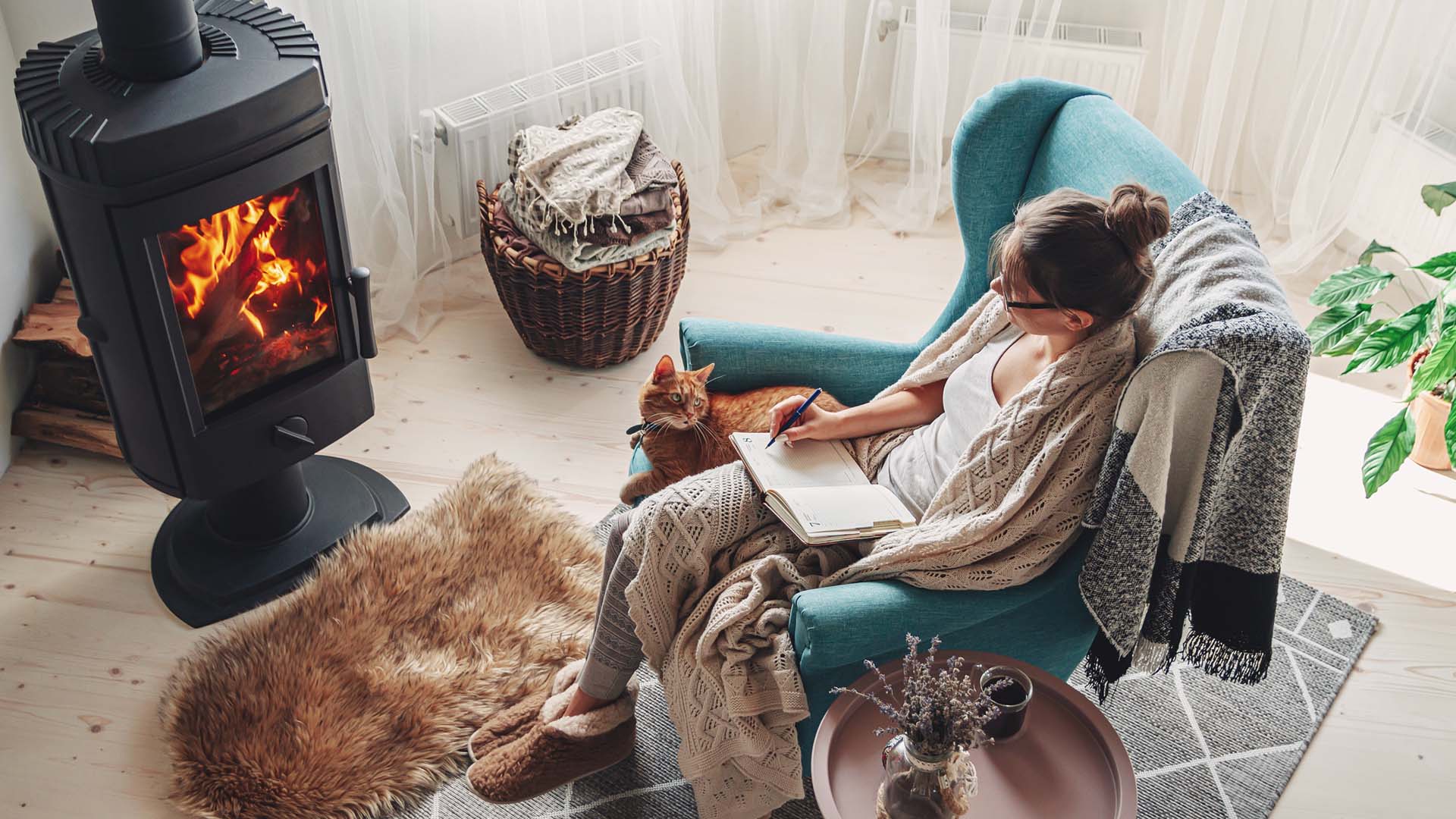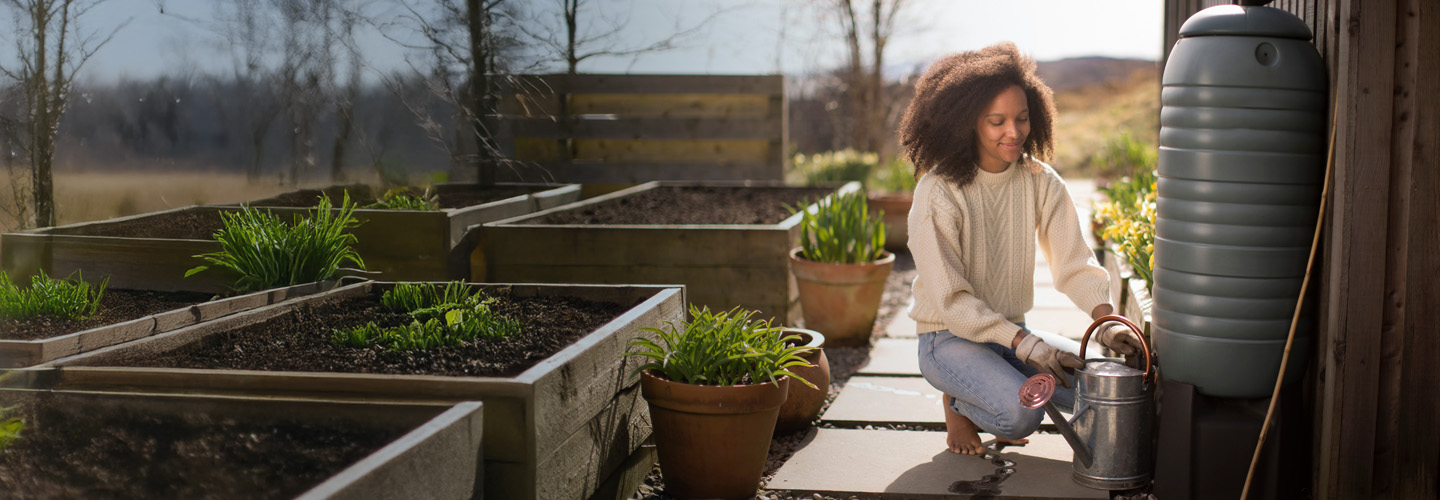Nothing hurts like the cold. In the depths of winter, most of us are bundled up in sweaters, jackets, and blankets. Heating your home will be a top priority. Ongoing load-shedding means that many South Africans are searching for heating solutions that use as little grid electricity as possible.
Fireplaces or stoves that burn wood or coal are a common solution, but fuel can be expensive, and fires release pollutants and greenhouse gases. Air pollution, whether indoors or outdoors, can cause a significant rise in asthma, bronchitis, and lung disease. A defective chimney that leaks carbon dioxide or carbon monoxide into the home can also have tragic consequences. Fortunately, there are several heating solutions available that use less electricity (or none), and are better for your health and the environment.
Trap the heat inside your home
Before you start shopping around for the heater that fits your budget, however, there are steps you can take first to keep warmer. Dress in layers, even indoors – keeping each individual warm is easier than heating a whole house. Fix any holes in the walls, floors, roof or ceiling that let in draughts or rainwater. A draught excluder – a soft, movable cylinder of sand to seal the gap under a door – helps prevent icy draughts.
Ceiling insulation, carpets and thick curtains can also help your home retain heat, so they’re a good investment if you have the budget for them. Open the curtains as soon as the sun hits the windows every morning to get as much heat into the house as possible, then close the curtains at sunset to keep the heat in.
Once your home is set up to trap as much heat inside as possible, you can turn your attention to the range of heating options available, depending on what you can afford.
Alternative heater options
1. Gas heater
The advantage of a gas heater is that you never need electricity to run it. However, the size of the heater you need depends on the size of the room you need to heat, and the cost to run it depends on the size of the heater and the price of gas. To prevent the build-up of toxic exhaust fumes, you need to run a gas heater near an open window, which makes your home insulation less effective.
Did you know that Nedbank offers several ways to help you afford winter essentials?
2. Pellet fireplace
Although it burns processed wood, a pellet fireplace has exact controls that allow you to adjust the heat output. Wood pellets, made from compressed sawdust and agricultural waste, are more environmentally friendly than wooden logs, because they are made from industrial by-products rather than purpose-grown trees. They are considered carbon-neutral because the carbon dioxide released when they burn is the same amount that the plant matter absorbed while it grew, so make sure you use pellets made from renewable sources. Pellet fireplaces need a properly sealed chimney to remove the exhaust gases from the home safely.
3. Solar-powered heat pump
A heat pump – a machine that works very much like an air-conditioner in reverse – can be used to heat both air and water. It runs on electricity, but much more efficiently, so it uses only about a third of the power that conventional space heaters or electric geysers use.
A solar geyser heats water directly by sunlight, so a solar geyser connected to a back-up heat pump can guarantee hot water even when the sun isn’t shining. A solar power system, combining solar photovoltaic (PV) panels, an inverter and battery storage, can help you rely less on grid electricity to run heat pumps or other heaters, so that you won’t be deprived of warmth during load-shedding.
4. Electric heater
Electric heaters come in several varieties, but wall-mounted panel heaters are generally more energy-efficient than the bar or fan types. If you want to use electric heaters during grid blackouts, you will need a generator or a home solar system that produces enough power to run them. Before you go to the expense of buying a generator or installing a solar PV system, you need to determine the size of the system you need. Among other calculations, this involves working out the peak power output you’ll need to run all the devices you want to use at the same time. Depending on the size of the alternative power source you can afford, you might need to choose heaters according to the maximum wattage that your system can deliver.
Nedbank offers various financing options
Did you know that Nedbank offers several ways to help you afford winter essentials? When you shop for a gas or electric heater, an overdraft or a Nedbank credit card can make it easier to buy what you need. If you’re looking at more costly solutions like heat pumps, an affordable personal loan from Nedbank may be the answer. As part of our commitment to the environment, we even offer different ways to finance a solar PV installation – through your home loan, or via MFC asset finance.








